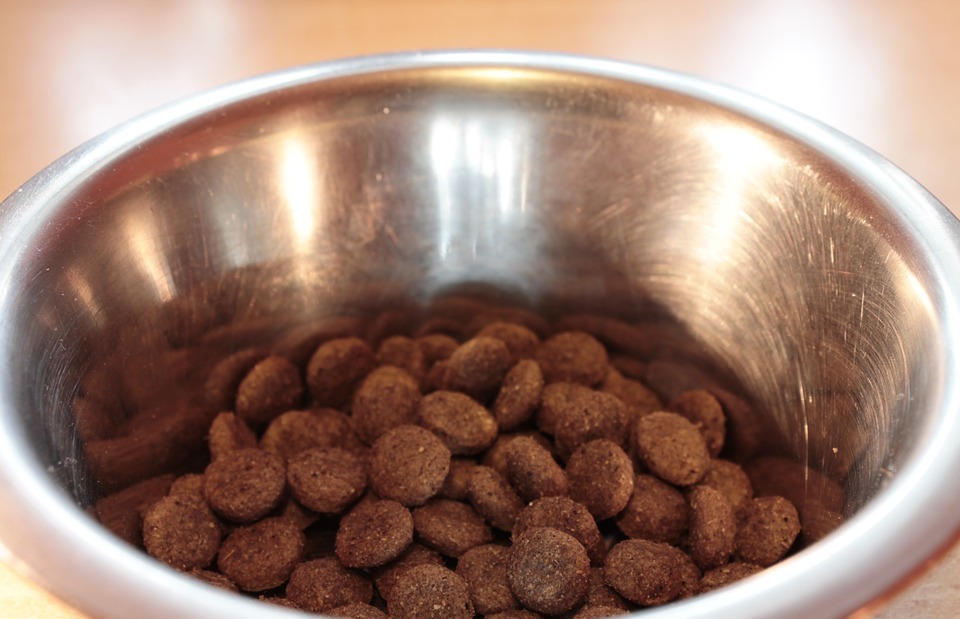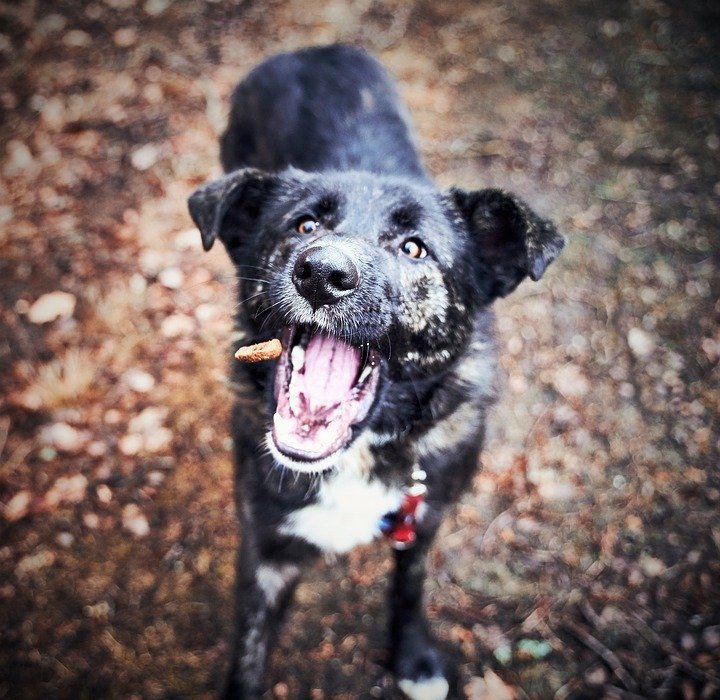The question of whether dogs can safely eat walnuts is a common one amongst dog owners. While these nuts are a nutritious snack for humans, their safety for canine companions is a matter of debate. This article dives deep into the potential risks and benefits of walnuts for dogs, examining their nutritional content, the potential health hazards, and the signs to look out for if your dog has ingested them. We will also provide practical guidance on how to prevent walnut consumption and what to do if your dog does eat them. Finally, we will address common queries about walnuts and dogs through a detailed FAQ section.
Part 1: The Nutritional Content of Walnuts

1.1. A Wealth of Nutrients for Humans
Walnuts are a nutritional powerhouse for humans, packed with essential vitamins, minerals, and healthy fats. They are a particularly good source of:
- Omega-3 fatty acids: These fats are crucial for heart health, brain function, and reducing inflammation.
- Vitamin E: This potent antioxidant protects cells from damage caused by free radicals.
- Manganese: This mineral is vital for bone health, metabolism, and aiding wound healing.
- Copper: Copper is essential for energy production and plays a crucial role in nerve function.
- Fibre: Dietary fibre promotes digestive health and regularity, preventing constipation.
- Antioxidants: Walnuts are rich in antioxidants, which help protect the body from damage caused by oxidative stress.
1.2. Uncertain Benefits for Dogs
While walnuts offer a range of health benefits for humans, their impact on dogs is less clear. The omega-3 fatty acids found in walnuts could potentially contribute to a dog's coat health and reduce inflammation. However, there is limited scientific research to confirm these benefits. It's crucial to remember that even potential benefits may be outweighed by the risks associated with walnut consumption by dogs.
Part 2: The Risks of Walnuts for Dogs

2.1. Toxicity Concerns: The Juglone Factor
The primary concern regarding walnuts for dogs is the presence of juglone, a compound found in the hulls, leaves, and roots of walnut trees. Juglone can be harmful to dogs, particularly in large quantities. It can cause gastrointestinal distress, leading to vomiting and diarrhoea, and in severe cases, even liver damage. However, it is important to note that juglone is more concentrated in the hulls and leaves than in the walnut meat itself.
2.2. Choking Hazard: A Serious Threat
Walnuts, especially whole ones, pose a significant choking hazard for dogs. Their size and shape can easily become lodged in a dog's throat, leading to respiratory distress and potentially even suffocation. This risk is particularly high for small breeds or dogs with narrow throats.
2.3. Digestive Issues: More Than Just Upset Stomachs
Even if a dog doesn't choke on a walnut, it can still cause digestive problems. The high fat content of walnuts can lead to diarrhoea, vomiting, and even pancreatitis, a serious inflammation of the pancreas.
2.4. Intestinal Blockage: A Potentially Fatal Condition
Walnuts are not easily digested by dogs and can become lodged in their intestines, causing a dangerous blockage. This blockage can lead to severe abdominal pain, vomiting, and constipation. In severe cases, intestinal blockage can be life-threatening and requires immediate veterinary attention.
2.5. Other Potential Risks: Mould and Aflatoxins
While less common, walnuts can also be a source of mould and aflatoxins, which are potent toxins. Mould contamination can occur during storage, especially in humid environments. Aflatoxins can cause liver damage and are particularly harmful to dogs.
Part 3: Signs of Walnut Poisoning

3.1. Recognizing the Warning Signs: Early Detection is Key
If you suspect your dog has eaten walnuts, it's crucial to watch for any signs of poisoning. These symptoms can appear within a few hours or days after ingestion and may include:
- Vomiting: A common symptom of walnut poisoning, often accompanied by diarrhoea.
- Diarrhoea: Can be watery, bloody, or accompanied by abdominal pain.
- Loss of appetite: A significant decrease in food intake can indicate digestive distress.
- Lethargy: A general lack of energy and sluggishness can be a sign of illness.
- Abdominal pain: Your dog may exhibit signs of abdominal discomfort by pressing their belly against the floor, groaning, or whimpering.
- Difficulty breathing: Can occur due to a choking hazard or the swelling of the airway.
- Seizures: A more serious sign of poisoning, indicating neurological damage.
3.2. Seeking Veterinary Attention: Prompt Action is Essential
If you notice any of these symptoms after your dog has ingested walnuts, it's crucial to seek veterinary attention immediately. Early intervention can significantly increase your dog's chances of a full recovery. Your veterinarian will be able to assess your dog's condition, provide supportive care, and recommend appropriate treatment.
Part 4: How to Prevent Walnut Consumption
4.1. Safe Storage Practices: Keep Walnuts Out of Reach
Store walnuts securely in airtight containers out of reach of your dog. Always remember that dogs can be resourceful and persistent. Consider storing them in high cabinets or locked containers to prevent access.
4.2. Supervise Feeding: Avoid Accidental Ingestion
Supervise your dog when feeding them or giving them treats. Always double-check that the food you offer doesn't contain walnuts or other potential toxins. This includes baked goods, desserts, and trail mixes.
4.3. Educate Family Members: A Shared Responsibility
Ensure that all family members and visitors are aware of the dangers of walnuts for dogs and encourage them to keep them out of reach. This includes children, who may be more likely to leave walnuts unattended.
Part 5: What to Do if Your Dog Eats Walnuts
5.1. First Aid Measures: Act Quickly and Safely
If you witness your dog eating walnuts, try to remove them from their mouth immediately. If you cannot remove the walnuts, contact your veterinarian or the animal poison control hotline for guidance. They can provide specific instructions on how to proceed.
5.2. Monitor for Symptoms: Close Observation is Key
Closely monitor your dog for signs of poisoning after they have eaten walnuts. Even if they appear to be well immediately after ingestion, it's essential to watch for any potential symptoms that may develop later.
5.3. Veterinary Examination: When in Doubt, Consult a Professional
If your dog shows any signs of poisoning, even if they seem mild, it's essential to schedule a veterinary examination. Your veterinarian can assess your dog's condition, recommend appropriate treatment, and provide reassurance and guidance.
Part 6: FAQs About Walnuts and Dogs
6.1. Can dogs eat walnut oil?
Walnut oil is generally considered safe for dogs in small quantities, but moderation is key. Choose cold-pressed, unrefined walnut oil, as it retains more of its natural nutrients. However, it's best to avoid giving walnut oil to dogs with pancreatitis or other digestive issues.
6.2. Are walnuts toxic to all dogs?
While juglone toxicity is a concern for all dogs, smaller breeds may be more susceptible to the effects of walnuts. This is because they have smaller stomachs and intestines, making it easier for walnuts to cause a blockage.
6.3. What if my dog eats only a few walnuts?
If your dog eats only a small amount of walnuts, they may not experience any symptoms. However, it's still advisable to monitor them closely and contact your veterinarian if you have any concerns.
6.4. Are roasted walnuts safer than raw walnuts?
Roasted walnuts are not necessarily safer than raw walnuts. The roasting process does not eliminate juglone or other potential toxins. It's best to avoid giving your dog any type of walnut, regardless of how it's prepared.
6.5. Can I give my dog walnut-based dog food?
Some dog food brands may contain walnut ingredients. However, it's essential to choose a product that is specifically formulated for dogs and does not contain high levels of walnuts or other potential toxins. Check the ingredient list carefully and consult with your veterinarian if you have any concerns.
6.6. How long will it take for walnut poisoning to show?
The symptoms of walnut poisoning can appear anywhere from a few hours to several days after ingestion. If you suspect your dog has eaten walnuts, it's crucial to monitor them closely for any signs of illness.
6.7. What is the treatment for walnut poisoning?
Treatment for walnut poisoning will depend on the severity of the symptoms and may include induced vomiting, supportive care, and medication to relieve digestive distress. If your dog has ingested walnuts, it's vital to seek veterinary attention promptly.
In conclusion, walnuts pose significant risks to dogs, and it's best to avoid them altogether. By understanding the potential hazards and taking appropriate precautions, you can help ensure the safety and well-being of your beloved canine companion. Remember, when in doubt, consult your veterinarian. They can provide the most accurate and up-to-date advice on the safety of walnuts and other foods for your dog.
Everyone is watching
-

Can Dogs Eat Bananas? A Guide to Safe Treats
DOGS & PUPPIESThis comprehensive guide will delve into the world of canine nutrition, focusing on the popular question: can ...
-

Can Dogs Eat Oranges? (Is It Safe or Toxic?)
DOGS & PUPPIESThis article delves into the question of whether dogs can safely consume oranges. We'll explore the nutrition...
-

Can Dogs Eat Grapes? The Shocking Truth About This Fruit
DOGS & PUPPIESThis article delves into the controversial topic of grapes and dogs, exploring the potential dangers associate...
-

Why Do Dogs Eat Poop? Understanding Coprophagia in Dogs
DOGS & PUPPIESThis article delves into the perplexing phenomenon of coprophagia, the act of eating faeces, in dogs. We explo...
-

Can Dogs Eat Shrimp? A Guide to Safety and Risks
DOGS & PUPPIESThis comprehensive guide dives into the world of shrimp and dogs, exploring the potential benefits and risks a...
